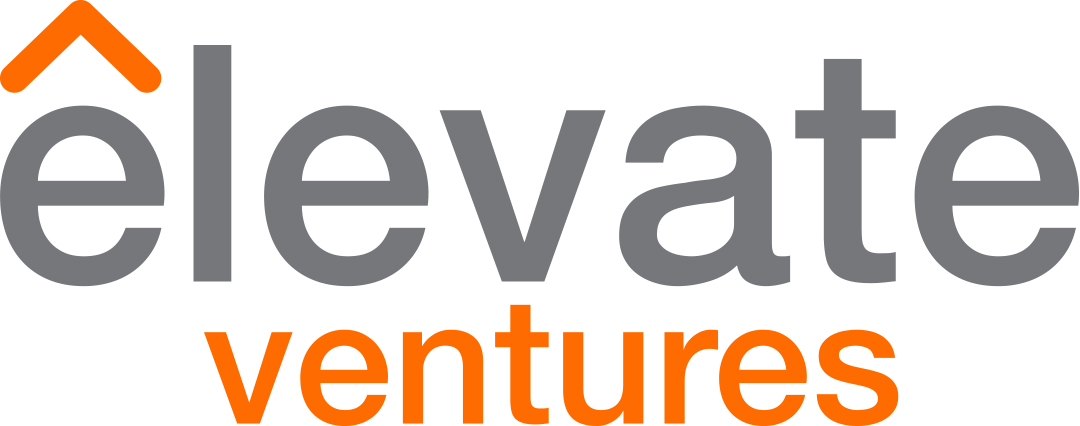Michael Porter of Harvard Business School revolutionized how business leaders think about competitive strategy with his publications starting in the 1980s. This included the classic books, more Competitive Strategy: Techniques for Analyzing Industries and Competitors and Competitive Advantage: Creating and Sustaining Superior Performance that Free Press published in 1980 and 1985, respectively. Still today, Michael Porter’s treatises on competitive strategy influence executives and political leaders worldwide with decisions they make about their organizations and nations.
However, his premise warns that companies that try to do some of each strategy get “caught in the middle.” This prevents the realization of the benefits of any of the three strategies. Most of all, it results in losing to competitors who choose just one strategy.

In summary, the three strategies your company can choose from to sustain a competitive advantage include:
- Cost Leadership involves a company that is able to produce and sell its products and services at a much lower cost than its competitors. This enables a low cost leader to earn above average profits. “Big box retailers” such as Walmart, The Home Depot, and Best Buy, as well as McDonalds, Southwest Airlines, and Teva Pharmaceuticals, are low cost leaders.
- Differentiation is a strategy in which a company distinguishes its products and services by its features and benefits from its competitors. Through differentiation, a company creates a product or service that customers perceive as unique in the industry. As a result, you are able to charge a premium price and earn profits with above average margins. Companies that have succeeded with a differentiation strategy include Apple, BMW, and Nike.
- Focus is a strategy that enables a company to dominate a niche. Through a focus strategy, your company concentrates on a limited part of a market. Companies that succeed with a focus strategy understand the dynamics and unique customer needs of their market niche. As a result of developing and promoting “niche” products and services, you can attract a higher share of customers in that market segment than competitors. Plus, you can earn above average profits and reduce the threat of competitors entering the niche.
- Focus on a Narrow Target Market
- Limit Promotional Channels
- Focus Leads to Long-Term Success
To read more about each focus strategy, click this link: http://blog.i7marketing.com/small-business/3-ways-sustain-competitive-advantage-focus-strategy


